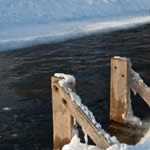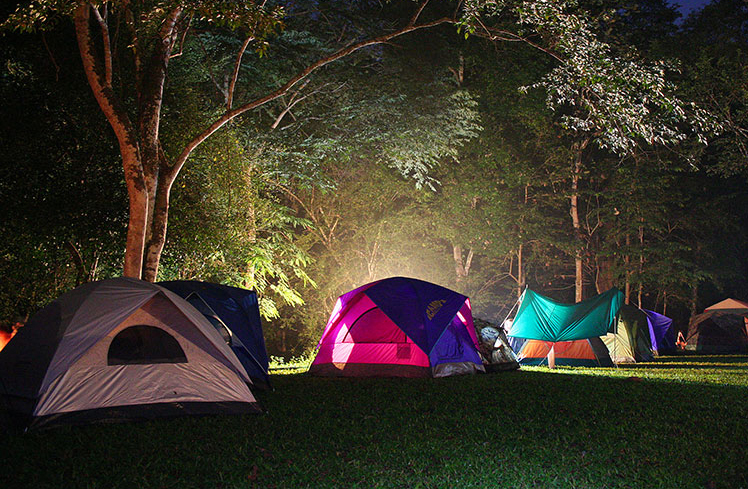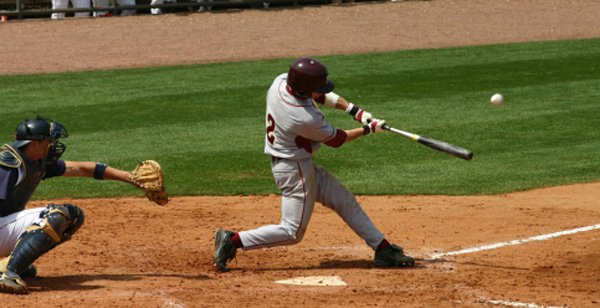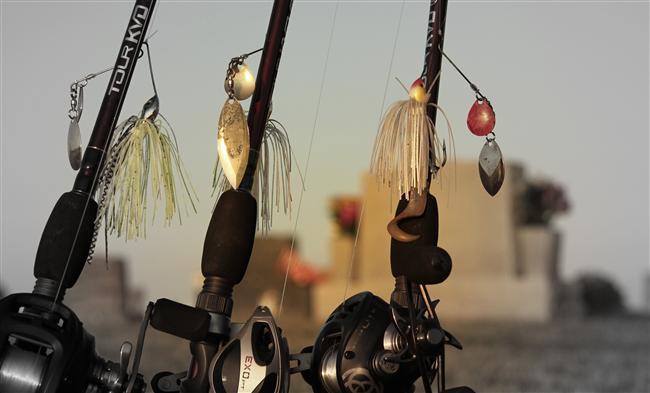
Body heat loss in cold water, for a non-exercising body, is two to four times greater than the heat loss in cold air at the same temperature. When you exercise in cold water, swimming for example, the heat loss from your skin can be 70 times greater than air of equal temperature.
Yes, you read correctly — 70.
One reason the heat loss is so large during cold-water exercise is that your body loses heat due to both conduction and convection. Conductive losses are direct losses from one molecule to another through a liquid, solid or gas. Convective losses depend on how fast water (or air) moves past the body.
You can do an experiment to experience the two mechanisms for heat loss. It is easiest, and least uncomfortable, to do it with your foot or hand—though you can use your entire body. Fill a tub or bucket with cold water and submerge your hand. Make the water cold enough so that it is uncomfortable when you place your hand in the water.
Once in the water, keep your hand very still, with no movement whatsoever. After a short while the water doesn't seem as cold. There is a very small layer of water next to your body that is transferring body heat to the cold water and that layer right next to your skin is slightly warmer than the big tub of cold water.
Once your hand seems able to comfortably tolerate the cold water, move your hand around in the water and you will find that it feels cold again. In the stationary situation, there were no convective body heat losses. Once you began moving, there were losses due to conduction and convection.
With the extreme body heat losses in cold water, compared to air, it is easy to understand why triathletes and swimmers are so sensitive to small changes in pool temperatures. Experienced swimmers can detect day-to-day changes in pool temperatures as small as a single degree.
In a previous column we learned that the body has several unfortunate responses to cold, including shivering, constricting blood vessels, increasing metabolism to use more fuel, increasing urine volume, increasing lactate production and decreasing VO2max.
All of the body's cold responses are undesirable for triathletes, in that the responses lead to decreased race performance. A reasonable question, then, is can the body acclimatize to cold, in a similar fashion to the way it acclimatizes to heat? Can we adapt to cold and decrease the negative effects?
The answer is yes, but the process isn't nearly as much fun as the heat acclimatization process.
Before getting into strategies for cold acclimatization, let's take a look at people that have acclimatized to cold water temperatures quite nicely.
In history and in current culture, there are people around the world that intentionally take cold baths and swim in cold water because they believe there are health benefits to doing so. For example, the Romans in the first century B.C. would take cold-water baths as a cure for headaches and stomach problems.
More recently, in late 2003 when I traveled to Greece for an Olympic Games camp, I recall watching Greek locals swimming in the cold sea in late October. When I attempted to swim, I found the water temperature absolutely torturous. I couldn't stay in the water very long, and I was a shivering mess on the beach. Meanwhile the locals seemed perfectly comfortable.
I asked one local, "I see you are not shivering. Do you think the water is cold or warm?"
The person replied, "Invigorating!"
A 1959 study found that traditional female Korean divers worked year-round to collect food for their community, descending to depths between 10 and 30 meters (32.8 ft. to 98.42 ft.). In winter, water temperatures dropped as low as 10 degrees Celsius (50 degrees Fahrenheit) and the women wore only cotton swimming suits.
The women would take shifts diving, with the length of the shift dictated by body temperature. In winter waters, the shifts would only last 15 to 20 minutes, while in summer waters (22 to 27 degrees Celsius, 71.6 to 80.6 degrees Fahrenheit) the women would take two "short" one-hour shifts in the morning and longer two-hour shift in the afternoon.
Researchers confirmed that the divers did indeed acclimatize to cold conditions which resulted in changes in their thermoregulatory system.
Scientists have determined that there are three adaptive states to cold. The first is cold habituation, which is a desensitization of the normal response to cold as a stressor. This simply means that a temperature that once felt cold, no longer feels cold—or as cold.
The second adaptation is metabolic acclimatization. Changes to the metabolism occur that affect the type of nutrient used for body heat production or the metabolic pathway. In short, these changes may positively affect the rest of your race if your body is not burning through stored glycogen at an accelerated rate, due to cold acclimatization.
Finally, for cold-water swimming events where wetsuits are not allowed, insulative acclimatization can help by changing skin blood flow or changing subcutaneous fat. These changes help maintain core temperature and reduce the body's stress response.
If you are going to be exposed to cold water at a triathlon or a non-wetsuit swimming event it might be a good idea to develop cold tolerance and the associated physiological adaptations. While it seems like a smart move, you have to admit that the thought of swimming in a lake with ice floating on it doesn't seem like any fun.
So what to do?
First, know there are no studies that outline the perfect formula for adapting to cold water. Most of the recommendations in this column come from a combination of personal experiences and the experiences of others.
If you have access to an open water situation with temperatures similar to those predicted for your event, swim in the cold water for 20 to 30 minutes, three to four times a week in the 14 to 21 days prior to the event. If it will be a wetsuit swim, wear a wetsuit in practice. Be sure to have a boat or rescue person available in case you run into trouble.
For those that do not have access to a cold body of open water, you may gain some advantage by taking cold baths. Fill your tub with cold water from the faucet and get in the tub. When your body feels comfortable in the water, you can down-regulate the temperature by adding ice. Those using this technique have taken an ice bath for roughly 15 to 20 minutes, three times per week. Bath temperature, as far as I know, has not dipped below 50 degrees.
I have been asked if people should wear a wetsuit in the cold bathwater because they will be wearing a wetsuit on race day. I can't tell you if there are particular benefits one way or the other. All of the athletes I've worked with have cold-tubbed sans wetsuit.
The people that have used the two cold water acclimatization techniques mentioned in this column have all noted an increased tolerance for cold water. Each time they were exposed to the cold in training, they said that they felt less cold than the previous time. All have commented that they felt more confident and believed they were less stressed about cold water conditions than other competitors on race day.
If you decide to try either of these techniques, of course, use caution. Watch for signs of cold injury. One thing you can do is monitor your body temperature. If it drops from a normal of 98.6 to below 96 degrees Fahrenheit, remove yourself from the cold. If you are extremely uncomfortable or notice that your skin is turning blue or white, get out of the cold. Begin conservatively and build cold tolerance from there.
If you have used a technique not listed here, drop me a note and let me know what worked for you.
References
Gale Bernhardt was the USA Triathlon team coach at the 2003 Pan American Games and 2004 Athens Olympics. Her first Olympic experience was as a personal cycling coach at the 2000 Games in Sydney. She currently serves as one of the World Cup coaches for the International Triathlon Union's Sport Development Team. Thousands of athletes have had successful training and racing experiences using Gale's pre-built, easy-to-follow cycling and triathlon training plans. Let Gale and Active Trainer help you succeed.
Related Articles:
8 Ways to Handle Swimming in Cold Water
Cold Weather Training and You

Yankee Pride: Remembering Whitey Ford in the 1960s

Are Spinnerbaits Dead in the Water? Some Bass Pros Think So

Copyright © www.mycheapnfljerseys.com Outdoor sports All Rights Reserved